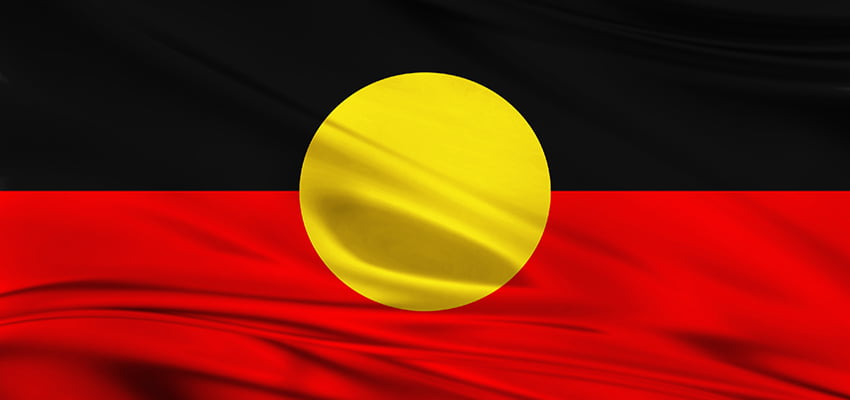A NEW plan is being put into place to ensure indigenous communities can share ongoing employment opportunities of the rail track roll out and operations.
The Inland Rail Indigenous Participation Plan (IRIPP) is driven by the Australia Rail Track Corporation and will ensure Aboriginal and Torres Strait islander people can share in the local benefits the project is to generate.
Minister for infrastructure, transport and regional development Deputy Prime Minister Michael McCormack welcomed the IRIPP’s launch and said it will enhance the Inland Rail’s grass-roots focus to benefit regional communities.
Mr McCormack said the plan supported the Australian government’s commitment and strategy to empower local jobs and drive social and economic opportunities throughout the Inland Rail’s construction and future operations.
“The transformational Inland Rail project is about more than just building a 1,700-kilometre rail line – it is about opening up new and exciting social and economic opportunities for inland Australia,” Mr McCormack said.
“Inland Rail will deliver 16,000 direct and indirect jobs – not just through construction, but also those that flow on from construction – and Aboriginal and Torres Strait Islander communities are an essential part of this prime outcome.”
Minister for finance Mathias Cormann said having clear and accountable employment targets will ensure the Inland Rail’s benefits are returned to local economies and communities.
“Local employment and Indigenous employment are critical to maximising the local benefits of the Inland Rail and ensuring regional communities are front and centre of this developing success story,” he said.
“Inland Rail will facilitate industry and business investment in local communities and is forecast to boost Australia’s GDP by $16 billion.
“It will deliver economic opportunities for the regions by moving food and fibre between Melbourne and Brisbane in larger volumes on double-stacked trains and more cost-efficiently.
“This means more money in the pockets of local farmers and communities, including Aboriginal and Torres Strait Islanders who will also re-invest that money back into inland Australia.”

